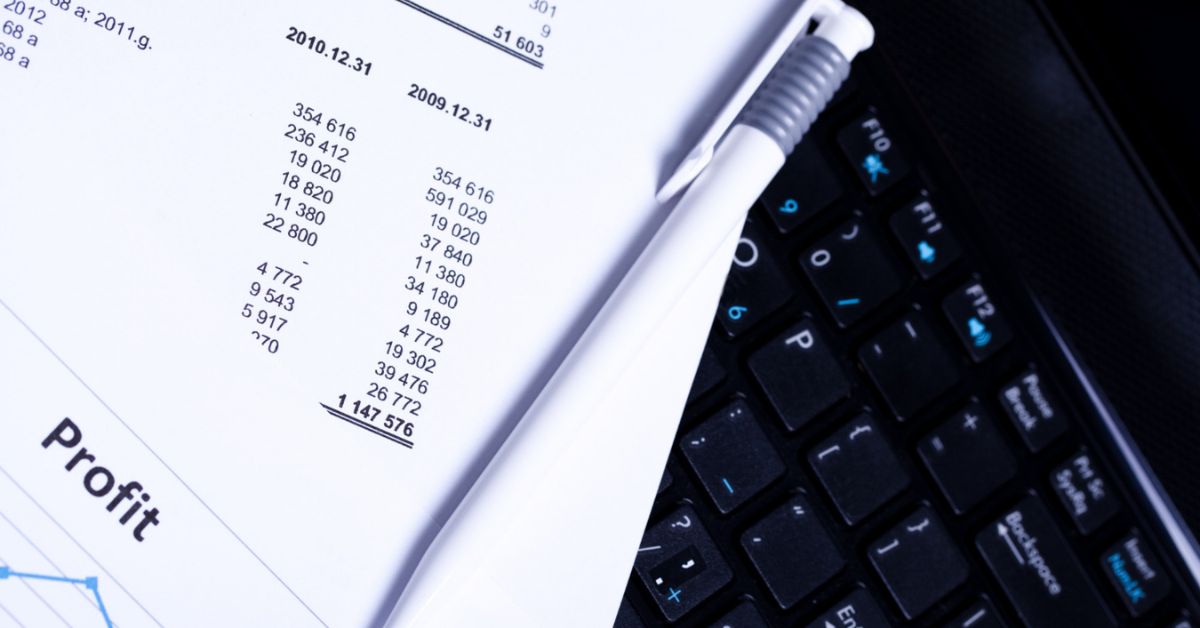Welcome, dear reader, to the wild and wacky world of balance sheets and business tax services. If you thought this topic was going to be as dry as a cracker in the Sahara, buckle up, because we’re about to take a rollercoaster ride through the land of assets, liabilities, and equity. Oh, the hilarity that awaits!
Balance sheets are like the financial mirror of a business, reflecting its monetary beauty (or lack thereof). They’re the financial equivalent of a selfie, showing the world what a business owns (assets), what it owes (liabilities), and the difference between the two (equity). Now, let’s dive into the deep end of this financial pool and explore the intricate details of balance sheets and business tax services. Don’t worry, we’ve got your floaties on!
The Basics of Balance Sheets
Imagine a balance sheet as a see-saw. On one side, you have assets, the shiny things a business owns. On the other side, you have liabilities, the IOUs that keep business owners awake at night. In the middle, trying to keep the see-saw balanced, is equity, the value of the business after liabilities have been subtracted from assets. If the see-saw is balanced, the business is in good shape. If it’s lopsided, well, it’s time to call in the financial physiotherapist.

Assets can be anything from cash, inventory, and accounts receivable, to property, plant, and equipment. Liabilities, on the other hand, are the financial obligations a business has to others, such as loans, accounts payable, and accrued expenses. Equity, also known as net assets or shareholders’ equity, represents the residual interest in the assets of a business after deducting liabilities. It’s like the leftovers after a feast, only less delicious.
Assets: The Good Stuff
Assets are the good stuff, the treasures a business has accumulated on its journey. They’re like the gold coins in a pirate’s chest, the jewels in a dragon’s hoard, or the socks in a teenager’s room. They’re what a business uses to operate and generate revenue. They’re the lifeblood of a business, the fuel in its engine, the wind in its sails. Without assets, a business is like a car without gas, a ship without sails, or a teenager without a phone. In other words, it’s going nowhere.
Assets can be classified as current or non-current. Current assets are those expected to be converted into cash within one year, like cash, accounts receivable, and inventory. Non-current assets are those expected to provide economic benefit beyond one year, like property, plant, and equipment. It’s like the difference between a quick snack and a slow-cooked meal. Both are delicious, but one provides immediate satisfaction while the other requires patience.
Liabilities: The Not-So-Good Stuff
Liabilities are the not-so-good stuff, the debts a business has to pay. They’re like the bills in the mail, the chores on the to-do list, or the vegetables on a child’s plate. They’re the obligations a business has to others, the price it pays for the assets it uses. They’re the shadow to the assets’ light, the yin to their yang, the peas to their carrots. Without liabilities, a business might be debt-free, but it might also be asset-free. And that’s no fun at all.
Liabilities can be classified as current or non-current. Current liabilities are those due within one year, like accounts payable, accrued expenses, and short-term loans. Non-current liabilities are those due beyond one year, like long-term loans, deferred tax liabilities, and pension obligations. It’s like the difference between a sprint and a marathon. Both are races, but one is over quickly while the other requires endurance.
Business Tax Services: The Taxman Cometh
Business tax services are like the taxman in a business’s life, ensuring it pays its fair share to the government. They’re the financial sheriffs, the monetary marshals, the fiscal fuzz. They make sure businesses follow the rules, pay their taxes, and stay on the right side of the law. They’re like the referees in a football game, the umpires in a cricket match, or the judges in a baking contest. Without them, it would be financial anarchy.
Business tax services can include tax planning, tax preparation, tax compliance, and tax advisory. They can help businesses minimize their tax liability, maximize their tax savings, and navigate the complex world of tax laws and regulations. They’re like the GPS in a car, the compass in a forest, or the breadcrumbs in a fairy tale. They guide businesses through the tax maze, helping them avoid pitfalls and reach their destination safely.
Tax Planning: The Roadmap
Tax planning is like the roadmap in a business’s tax journey, helping it plot the best route to tax efficiency. It’s the strategy, the game plan, the blueprint. It involves understanding the tax implications of business decisions, exploring tax-saving opportunities, and planning for future tax liabilities. It’s like the itinerary for a trip, the recipe for a meal, or the script for a play. It provides direction, reduces uncertainty, and increases confidence.
Effective tax planning can help businesses reduce their tax liability, defer tax payments, take advantage of tax credits and deductions, and manage their cash flow. It’s like finding a shortcut on a long journey, a coupon for a favorite store, or a secret ingredient in a recipe. It can make the difference between a good tax outcome and a great one.
Tax Preparation: The Journey
Tax preparation is the journey itself, the process of preparing and filing tax returns. It’s the execution, the implementation, the action. It involves gathering financial information, calculating taxable income, determining tax liability, and submitting tax returns to the government. It’s like packing for a trip, cooking a meal, or performing a play. It requires attention to detail, accuracy, and timeliness.
Professional tax preparation can help businesses avoid mistakes, save time, and reduce stress. It’s like hiring a tour guide for a trip, a chef for a meal, or a director for a play. It provides expertise, experience, and peace of mind.
How Balance Sheets and Business Tax Services Interact
The balance sheet and business tax services are like two dancers in the financial ballet of a business. The balance sheet provides the stage, the setting, the backdrop. It shows the financial position of the business at a point in time. Business tax services provide the choreography, the moves, the action. They help the business navigate the tax landscape, maximize tax efficiency, and comply with tax laws and regulations.
The interaction between the balance sheet and business tax services can be complex, nuanced, and dynamic. It’s like the interplay between the music and the dancers in a ballet, the ingredients and the chef in a kitchen, or the actors and the director in a theater. It requires understanding, coordination, and harmony.
Impact of Balance Sheet on Taxes
The balance sheet can have a significant impact on a business’s taxes. The assets, liabilities, and equity on the balance sheet can affect the business’s taxable income, tax liability, and tax planning strategies. It’s like the terrain in a race, the ingredients in a recipe, or the script in a play. It sets the parameters, defines the possibilities, and influences the outcomes.
For example, depreciation of assets can reduce taxable income, deferred tax liabilities can affect tax timing, and retained earnings can influence dividend distribution and tax planning. Understanding the tax implications of the balance sheet can help businesses make informed decisions, optimize tax outcomes, and avoid tax pitfalls.
Role of Business Tax Services in Balance Sheet Management
Business tax services play a crucial role in balance sheet management. They can help businesses understand the tax implications of their balance sheet, plan for future tax liabilities, and comply with tax reporting requirements. They’re like the coach in a team, the conductor in an orchestra, or the director in a movie. They provide guidance, coordination, and oversight.
For example, tax planning can help businesses optimize the tax impact of their assets, liabilities, and equity. Tax preparation can ensure accurate and timely reporting of balance sheet items on tax returns. And tax advisory can provide insights and recommendations on tax issues related to the balance sheet. With effective business tax services, a business can dance the financial ballet with grace, agility, and confidence.
Conclusion: The Final Curtain
And there you have it, folks! The balance sheet and business tax services, explained with all the hilarity and excitement of a circus performance. We’ve laughed, we’ve cried, we’ve learned about assets, liabilities, equity, and taxes. It’s been a rollercoaster ride of financial fun, and we hope you’ve enjoyed it as much as we have.
Remember, the balance sheet is the financial mirror of a business, reflecting its assets, liabilities, and equity. Business tax services are the financial sheriffs, ensuring businesses pay their fair share to the government. Together, they dance the financial ballet, creating a performance of monetary magic that is as fascinating as it is complex. So next time you look at a balance sheet or think about taxes, remember this hilarious journey and smile. Because finance, my friends, can be fun!


